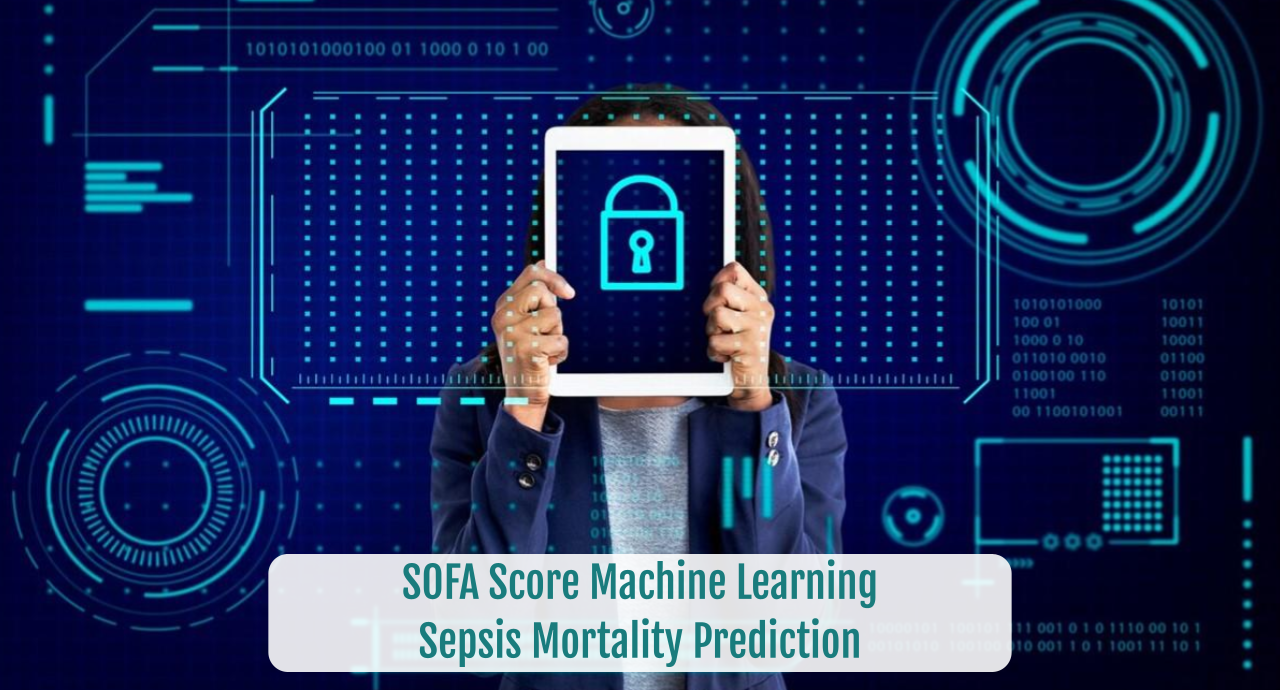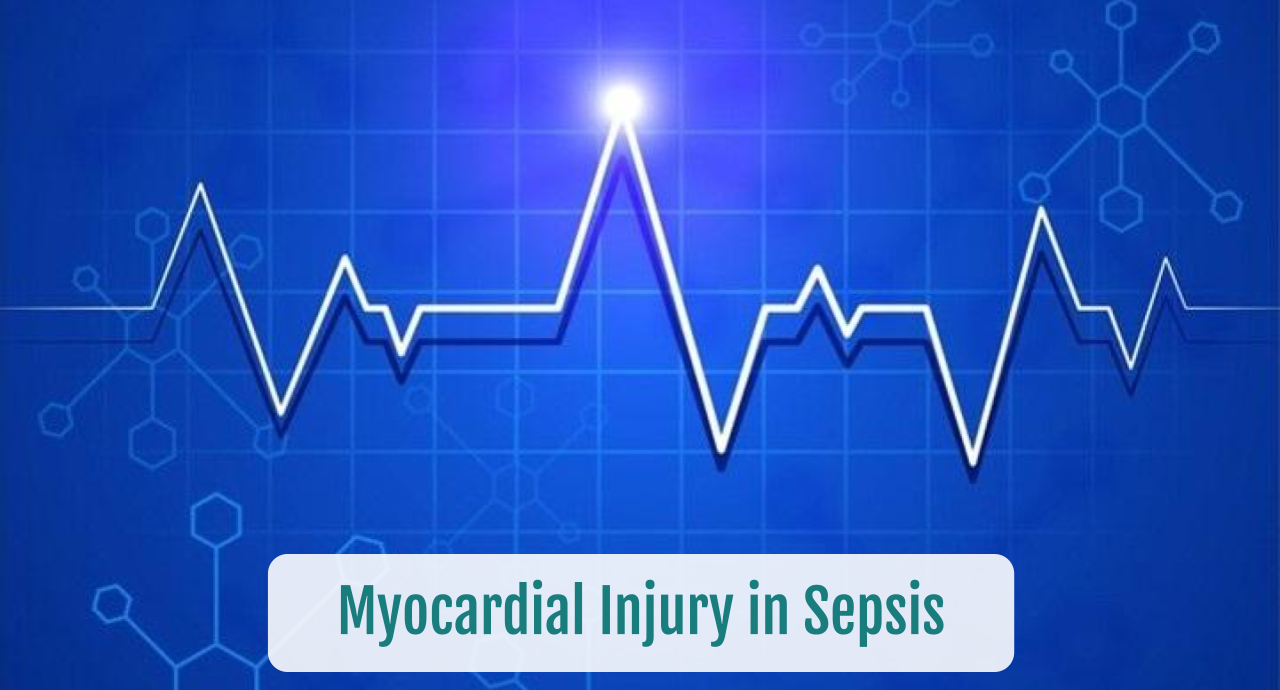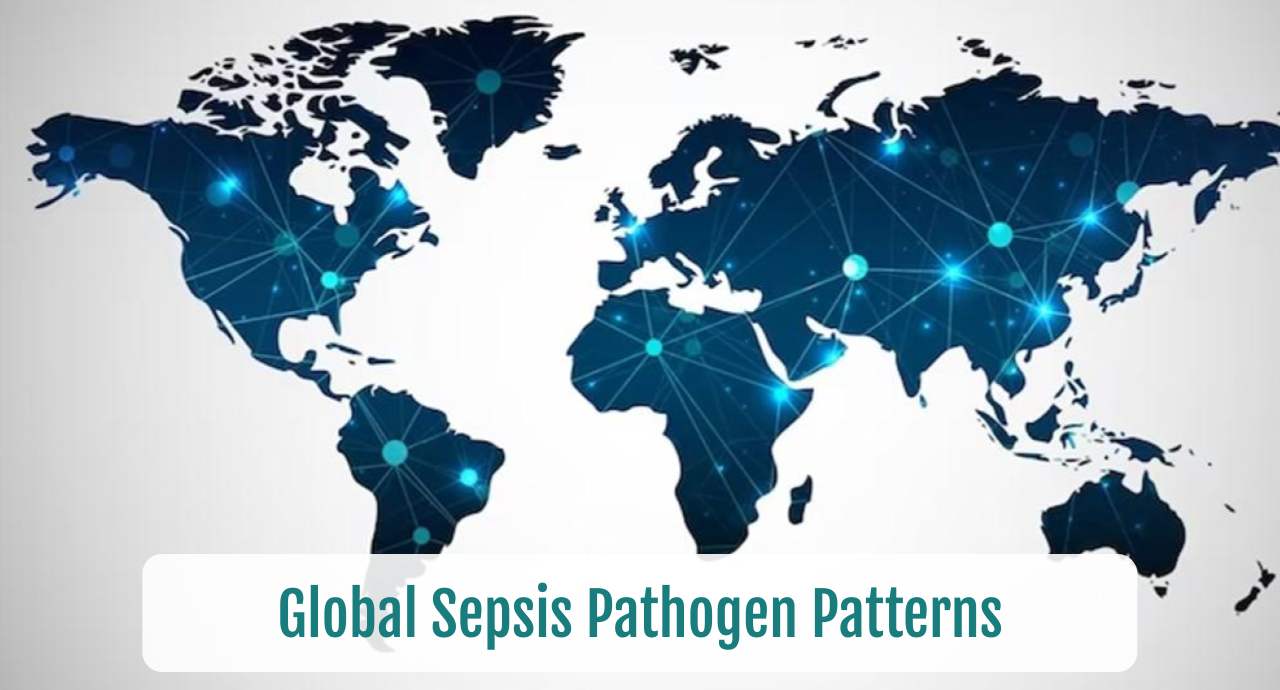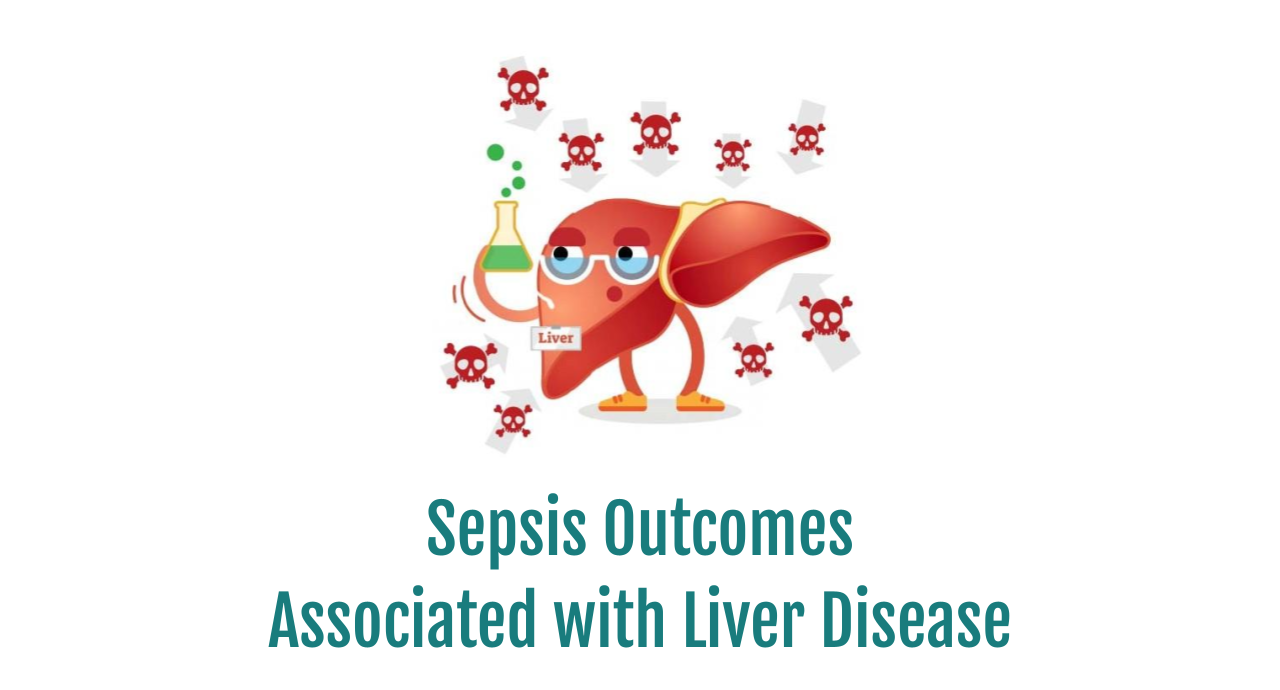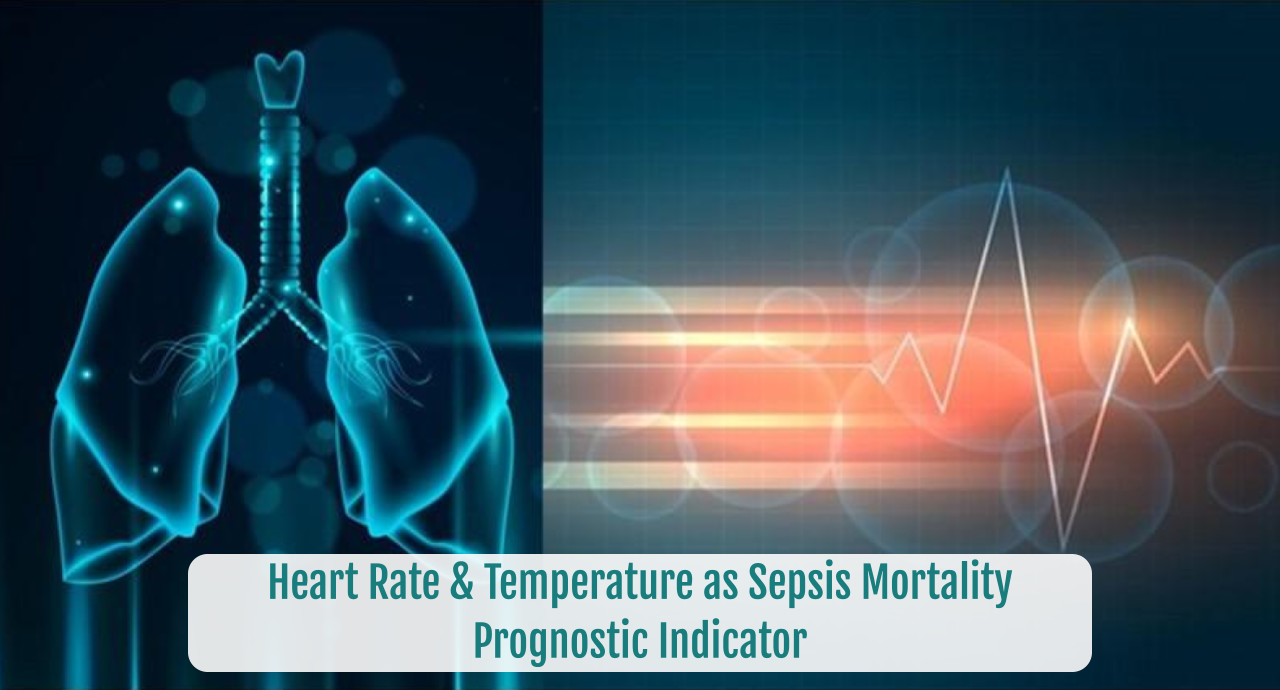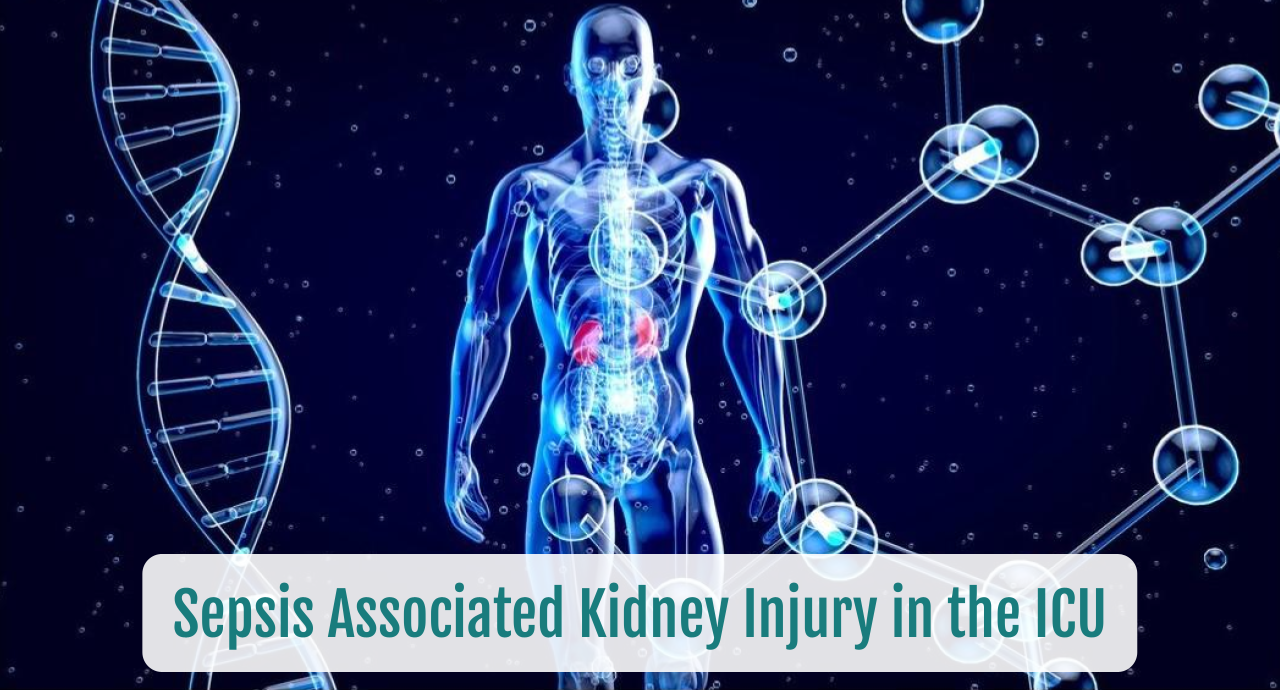Half Century of Corticosteroid Use in Septic Shock
Half Century of Corticosteroid Use in Septic Shock SUMMARY: Corticosteroid use in the treatment of sepsis has been ongoing for half a century. Despite this long-term evaluation, there is still widespread disagreements regarding their risk-to-benefit ratio. Current evidence does not support the use of corticosteroids either alone or in combination




